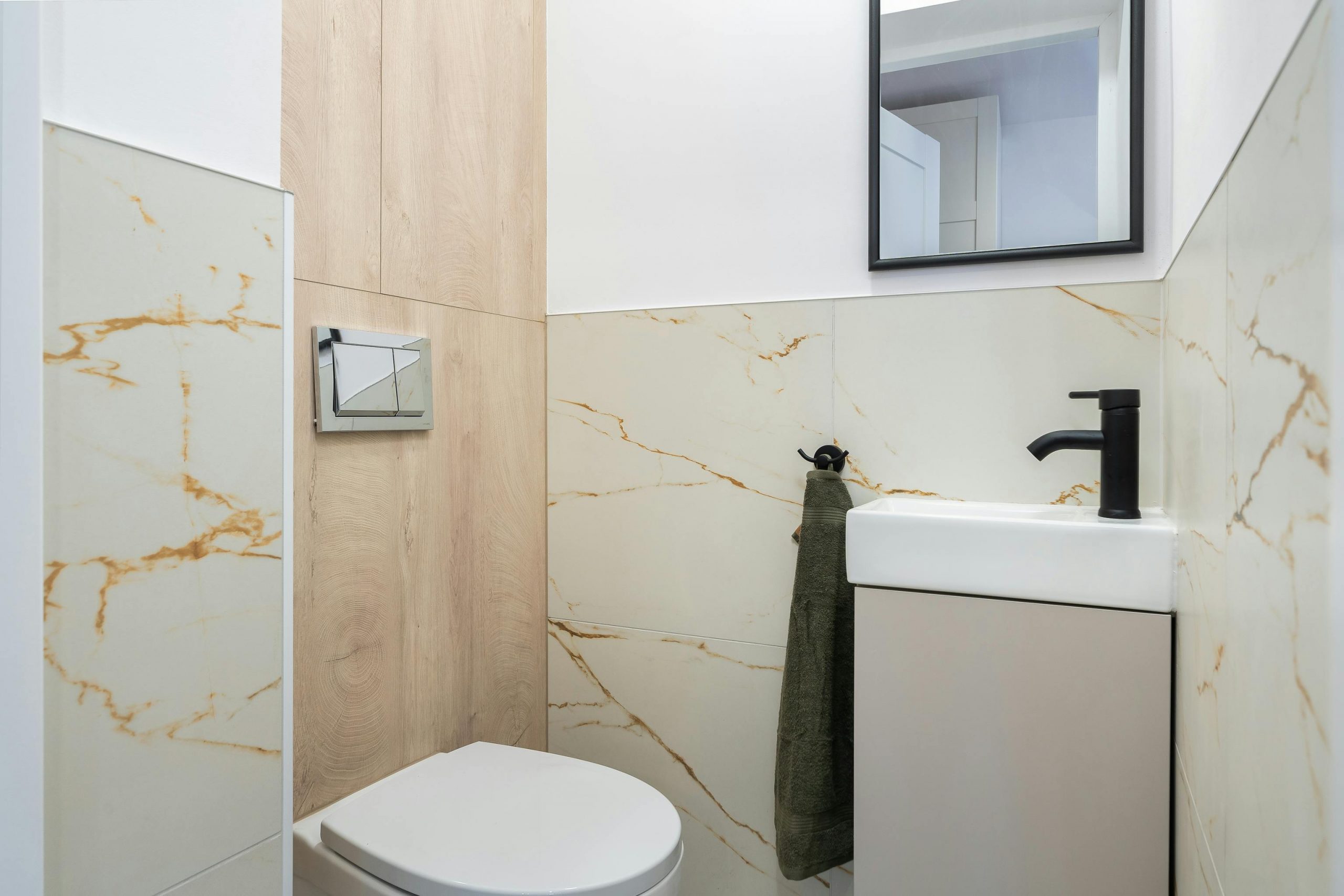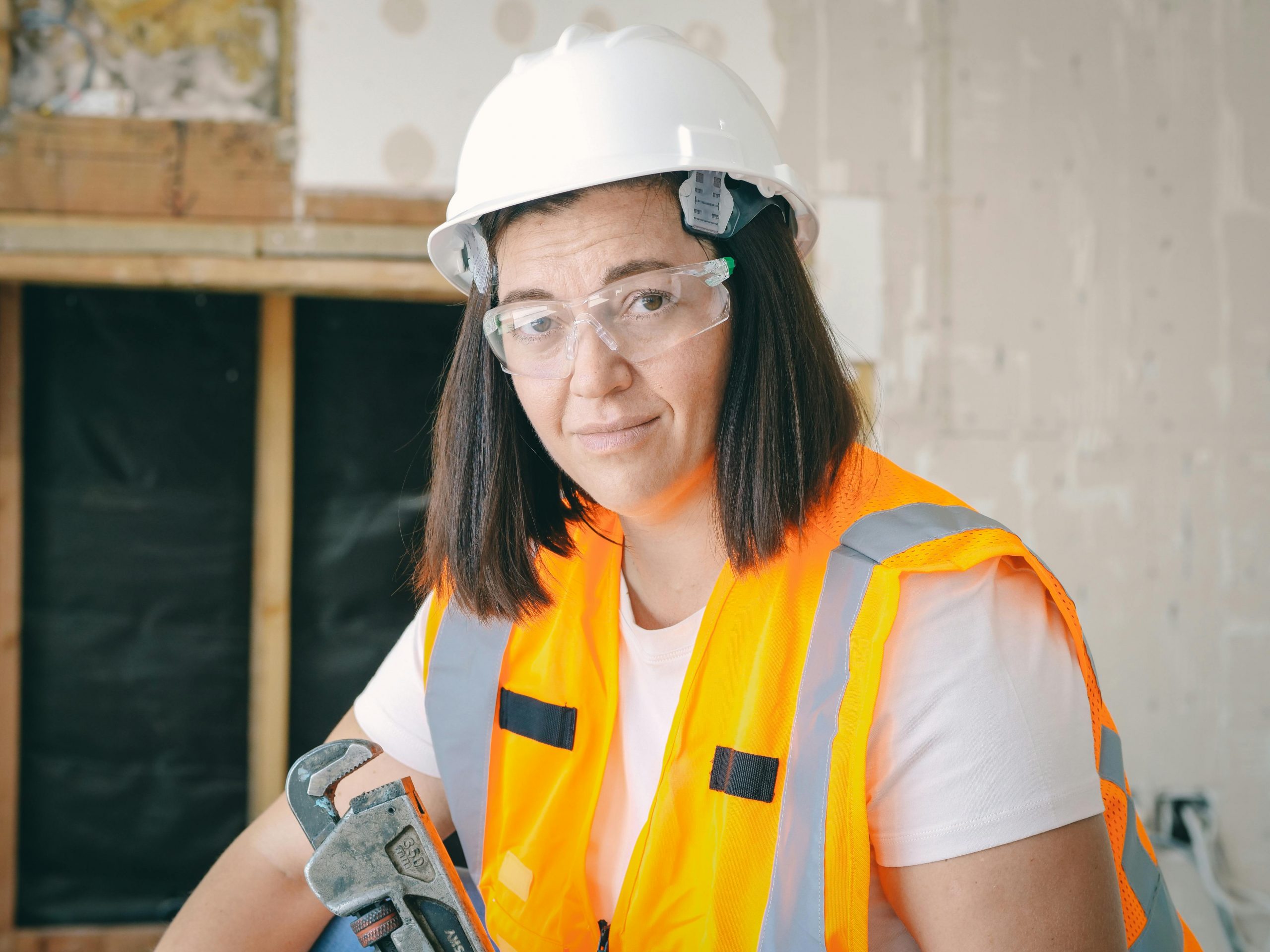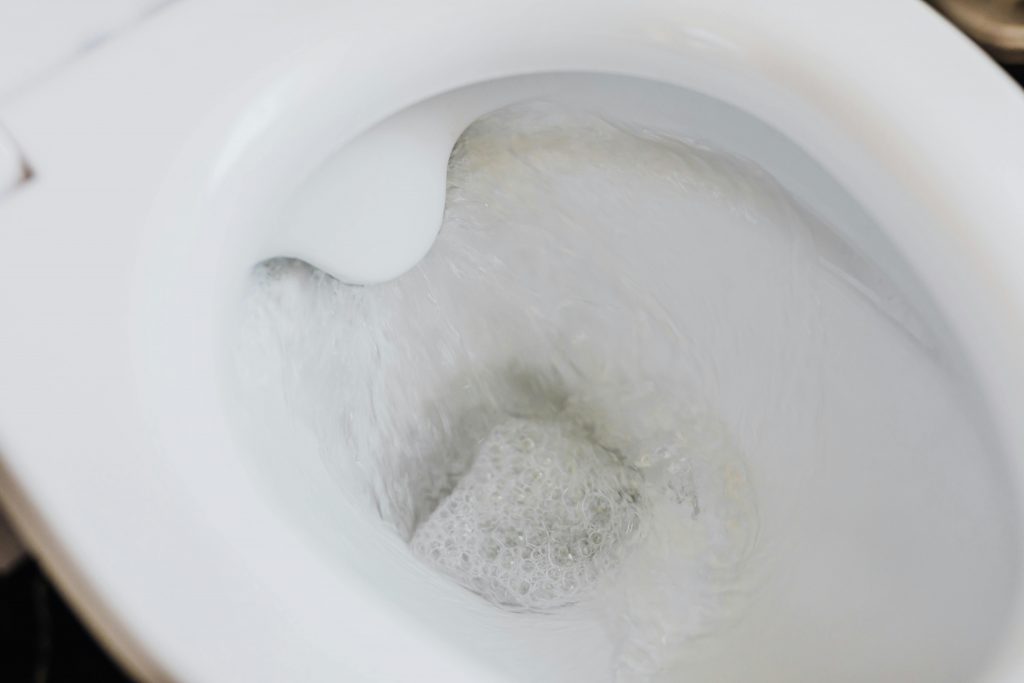- Hissing, whistling, banging, and gurgling sounds point to different plumbing issues.
- Most noise problems are caused by faulty fill valves, flappers, or high water pressure.
- DIY fixes include replacing tank parts, cleaning sediment, and adjusting valves.
- Call a plumber if you suspect water hammer, sewer line issues, or pressure problems.
- Regular maintenance helps prevent future noise and extends the life of your toilet.
When your toilet makes unexpected sounds, it can be annoying, confusing, and even a little worrisome. Is it a minor fix, or a sign of a bigger plumbing problem? Toilets are supposed to flush, refill quietly, and then rest. So when you hear hissing, banging, gurgling, or whistling, your toilet is trying to tell you something. The good news is that most of these issues can be identified and fixed with the right approach.
In this article, we’ll dive into the common reasons for a toilet making noise, the plumbing problems behind those sounds, and how you can decide whether it’s a DIY repair or a job for a professional plumber.
Why Does a Toilet Make Noise in the First Place?
Toilets seem like simple fixtures, but they’re actually a coordinated system of moving parts. When you flush, the handle triggers the flapper to lift, water rushes from the tank into the bowl, and then the fill valve refills the tank. Each of these stages relies on water pressure and properly functioning valves.
When something goes off track, noise happens. A few reasons include:
- Worn-out mechanisms – Rubber seals harden, valves wear down, and plastic parts crack.
- Water turbulence – When water moves through narrow spaces or at high pressure, it creates whistling or hissing sounds.
- Plumbing line issues – Air pockets, poor venting, or high water pressure in your home’s pipes affect the way water flows to your toilet.
Understanding the source of the noise is the key to knowing whether you need a quick part replacement or a professional plumber.
Types of Toilet Noises and What They Mean

Hissing Sounds
A hissing toilet usually means the fill valve isn’t shutting off properly. Inside the valve, a float rises as the tank refills. If the float is misaligned, broken, or obstructed, water keeps pushing through in a thin stream, creating that hiss.
- Quick fix: Sometimes adjusting the float arm solves the problem. If not, the fill valve likely needs replacement.
- Plumbing angle: If multiple toilets hiss, your home may have pressure-regulating valve issues, not just a toilet problem.
Whistling or Squealing
This high-pitched sound often occurs as the tank refills. The noise comes from water forcing its way through a narrowed opening in a worn-out fill valve. Over time, mineral deposits from hard water make the valve less efficient.
- Quick fix: Replace the fill valve. It’s an inexpensive part, usually under $25.
- Plumbing angle: If you have older galvanized pipes, mineral buildup throughout your plumbing system may be adding to the problem.
Banging or Knocking (Water Hammer)
Nothing startles homeowners more than a loud bang after flushing. This is water hammer, caused by fast-moving water suddenly stopping when the fill valve closes. The momentum makes pipes rattle or “hammer” against walls.
- Quick fix: Some toilets benefit from slow-closing fill valves that reduce the sudden stop.
- Plumbing angle: True water hammer often requires installing water hammer arrestors—small devices that absorb shock in the pipes. A plumber installs these at key points in your plumbing.
Gurgling or Bubbling
A gurgling toilet is a red flag that air is trapped in your plumbing system. This typically happens when the vent pipe (the vertical pipe that lets sewer gases escape and balances pressure) is clogged. It can also indicate a partial blockage in the main sewer line.
- Quick fix: Pouring water down seldom-used drains sometimes restores vent function, but if the gurgling continues, you’ll need a plumber.
- Plumbing angle: Blocked sewer lines can escalate quickly. If multiple drains gurgle, call a professional right away.
Constant Running
A running toilet is quieter than a bang or squeal, but it’s still a “noise” that shouldn’t be ignored. Usually, the flapper at the bottom of the tank doesn’t seal properly, letting water leak into the bowl continuously.
- Quick fix: Replace the flapper. This is often the easiest repair for homeowners.
- Plumbing angle: If replacing the flapper doesn’t work, the issue may be with the overflow tube height or a cracked flush valve seat.
Is a Noisy Toilet a Serious Plumbing Problem?
The seriousness depends on the noise and its cause. A squeal from a bad fill valve is inconvenient but rarely urgent. A gurgling toilet, however, might mean your sewer line is in trouble.
- Minor issues: Worn flappers, faulty fill valves, or loose connections.
- Moderate issues: High water pressure or poorly adjusted shut-off valves.
- Serious issues: Sewer line clogs, water hammer damaging your pipes, or venting problems causing backup.
Even the “minor” issues can cost money. A constantly running toilet can waste up to 200 gallons of water a day. Over a month, that’s thousands of gallons, which shows up on your water bill.
Common Plumbing Issues Behind Toilet Noises
- Faulty Fill Valve: The #1 culprit behind noisy toilets. If your toilet is more than 5–7 years old, chances are the fill valve has started to wear.
- Symptoms: Hissing, whistling, or squealing.
- Solution: Replace the fill valve. Takes about 20–30 minutes.
- Loose or Old Flapper: The flapper is a rubber stopper at the bottom of the tank. Over time, it warps or hardens.
- Symptoms: Constant running sound.
- Solution: Replace with a new universal flapper.
- High Water Pressure: If your water pressure is above 60 psi, toilets and other fixtures may make excessive noise.
- Symptoms: Loud refilling, splashing, and even water hammer.
- Solution: Have a plumber install a pressure regulator on your main supply line.
- Water Hammer: Caused by rushing water slamming into closed valves.
- Symptoms: Banging or knocking in pipes after flushing.
- Solution: Installation of water hammer arrestors.
- Clogged Vent Pipe: This vertical pipe allows air to escape and balances pressure. A blockage (bird’s nest, debris, ice) creates gurgling sounds.
- Symptoms: Bubbling toilet, slow drainage throughout the house.
- Solution: Plumber uses a snake or auger from the roof vent.
- Sediment Buildup: Hard water minerals leave deposits inside the tank and fill valve.
- Symptoms: Reduced water flow, whistling or squealing.
- Solution: Clean tank parts or replace with new ones.
How to Diagnose the Noise in Your Toilet
Here’s a step-by-step DIY process to figure out what’s going on:
- Step 1: Listen closely. Is it hissing, banging, or gurgling? Identifying the type of sound narrows down the cause.
- Step 2: Inspect the tank. Lift the lid. Flush and watch how the fill valve and flapper behave.
- Step 3: Test the shut-off valve. Make sure the water supply valve behind the toilet is fully open. A half-closed valve can cause whistling.
- Step 4: Check your water pressure. You can buy a simple pressure gauge for under $15 and attach it to an outdoor faucet.
- Step 5: Look for bigger patterns. If multiple toilets or sinks are noisy, the issue is in your plumbing system, not just one fixture.
Can You Fix a Noisy Toilet Yourself?
Yes—many fixes are within reach for a homeowner with basic tools.
- Replacing the Fill Valve
- Time: 20–30 minutes
- Tools: Adjustable wrench, sponge, bucket
- Difficulty: Easy
- Steps: Shut off water, drain the tank, remove old valve, install new one, reconnect supply line.
- Replacing the Flapper
- Time: 10 minutes
- Tools: None, usually just your hands
- Difficulty: Very easy
- Steps: Unhook old flapper, attach new one, adjust chain length.
- Cleaning the Tank
- Time: 30 minutes
- Tools: Sponge, scrub brush
- Difficulty: Easy
- Steps: Drain tank, scrub mineral buildup, rinse, refill.
- Adjusting the Float
- Time: 5 minutes
- Tools: None
- Difficulty: Easy
- Steps: Bend or slide the float arm to change water level.
These small plumbing adjustments often restore quiet operation without professional help.
When to Call a Plumber for a Toilet Making Noise

Some situations are beyond DIY fixes. Call a professional if:
- Water hammer shakes your pipes. This can loosen joints and eventually cause leaks.
- Gurgling persists after flushing. Sewer line problems require specialized equipment.
- Your home’s water pressure is too high. Plumbers can test and install a regulator.
- DIY fixes don’t work. If replacing a fill valve or flapper doesn’t solve the noise, something deeper is wrong.
Professional plumbers also spot hidden issues—like corroded supply lines or poor venting—that homeowners may overlook.
Preventing Toilet Noises with Regular Maintenance
Keeping your toilet quiet is easier when you do a little upkeep:
- Annual tank inspection. Lift the lid once a year, check for wear on the flapper, float, and fill valve.
- Flush out sediment. Drain the tank twice a year if you have hard water.
- Check your water pressure. Keep it between 40–60 psi. Install a regulator if needed.
- Use high-quality replacement parts. Cheaper parts wear out faster and create new noises.
- Have plumbing inspected every few years. A professional can catch venting or line issues before they cause major problems.
FAQs About Toilets Making Noise
Why does my toilet whistle when filling?
The fill valve is worn out or partially clogged. Replacing it usually solves the issue.
Can toilet noises damage plumbing?
Yes—water hammer and high pressure can stress pipes and joints, leading to leaks.
Why is my toilet making noise at night?
If it runs randomly, your flapper leaks and triggers the refill cycle. If pipes bang, pressure changes are the cause.
Is it normal for a toilet to gurgle?
No. Gurgling often means vent or sewer line issues. It’s a sign to call a plumber.
Do all toilets eventually get noisy?
Most toilets develop some noise over time due to worn parts, but regular maintenance keeps them quiet longer.
Final Thoughts
A toilet making noise isn’t something you should ignore. While it might seem like a small inconvenience, it could be costing you money in wasted water or signaling a bigger plumbing issue. Learning to identify the sounds and their causes is the first step. From there, you can decide whether it’s a simple DIY fix or time to call in professional plumbing help.
Taking action early keeps your bathroom quiet, your water bill under control, and your plumbing system in good shape for the long run.

